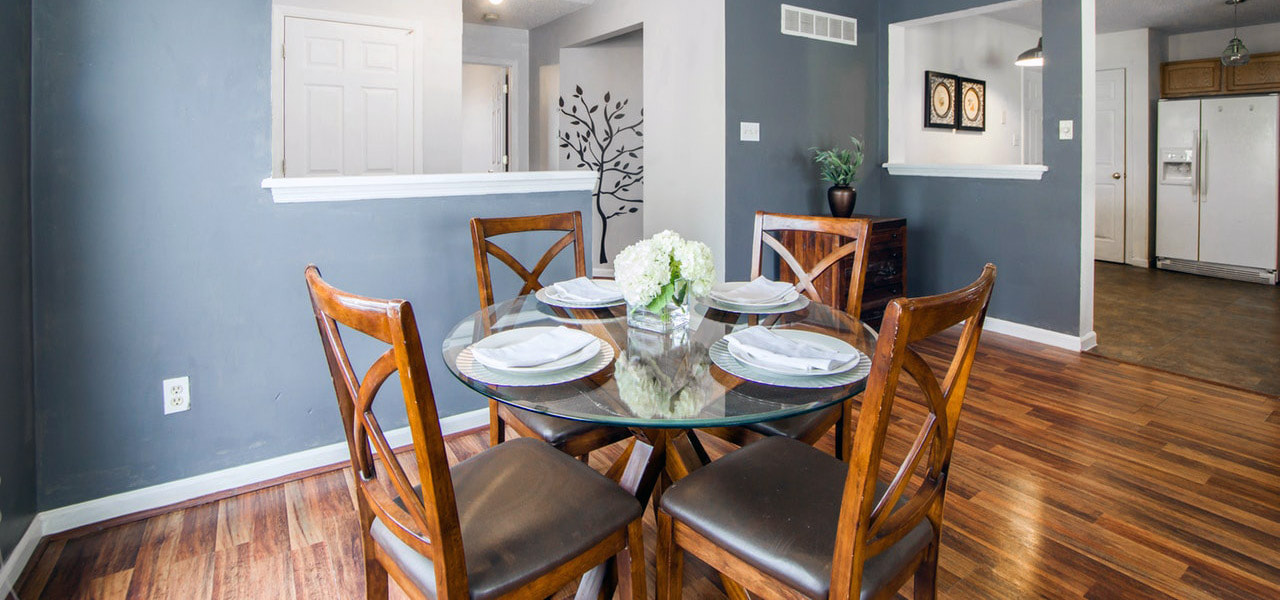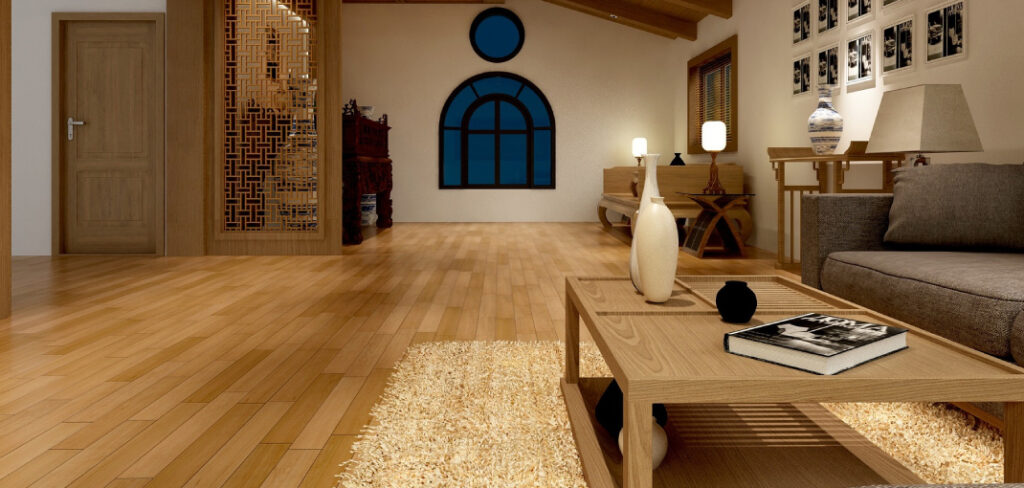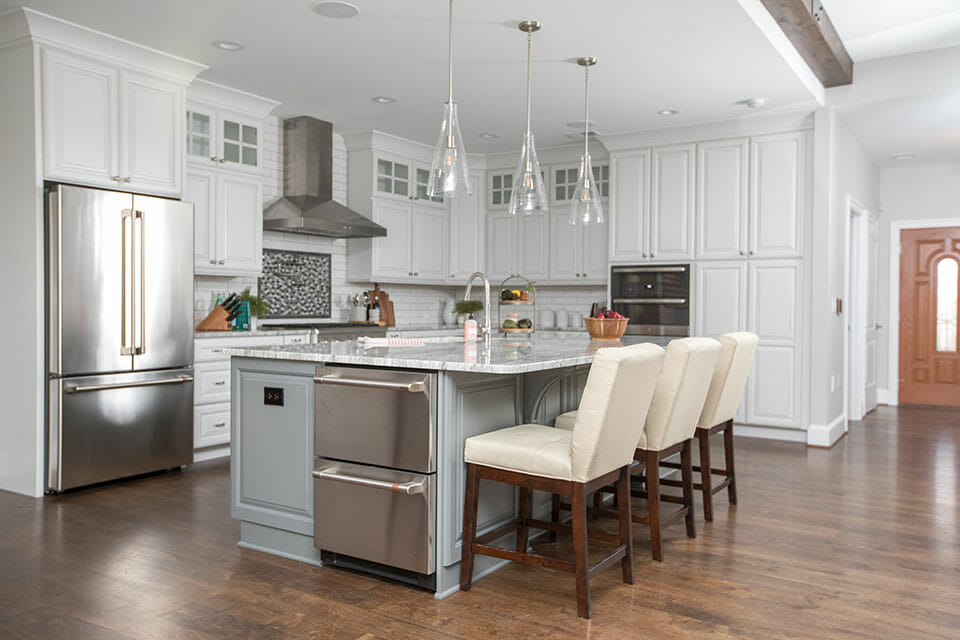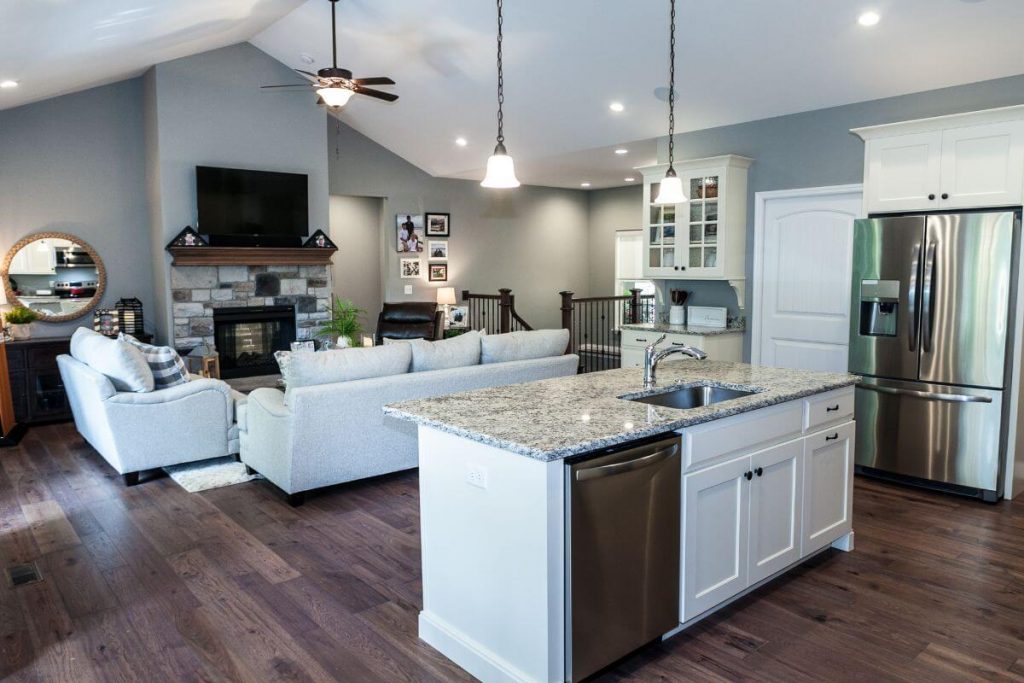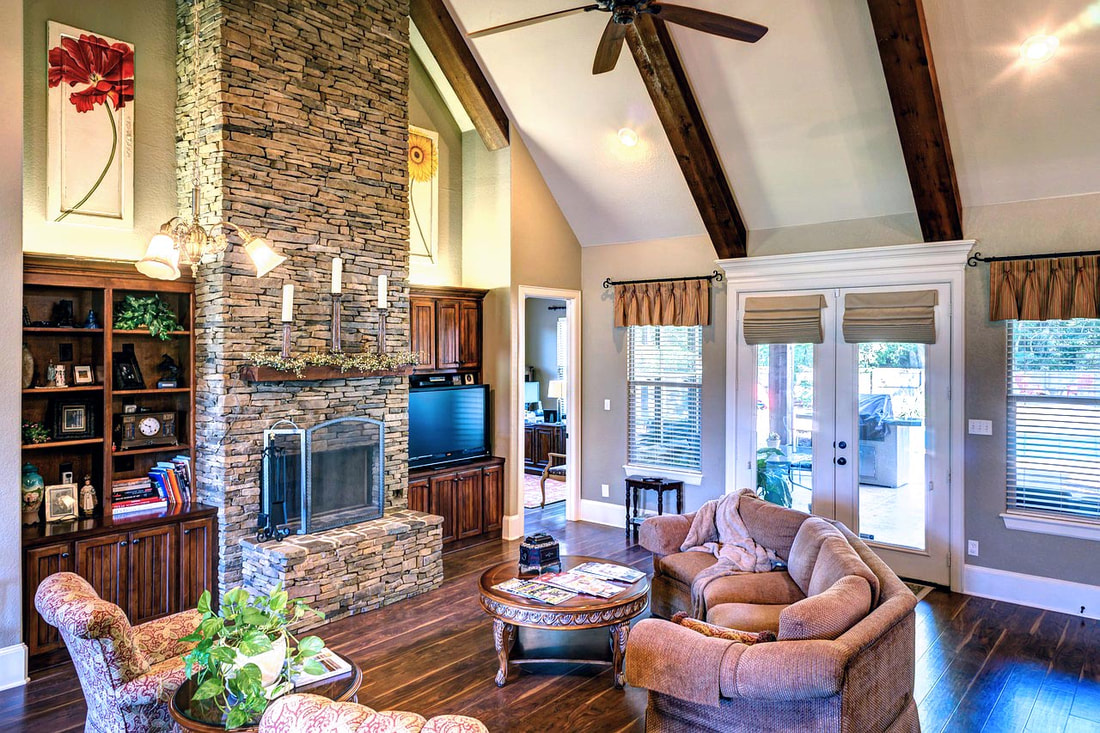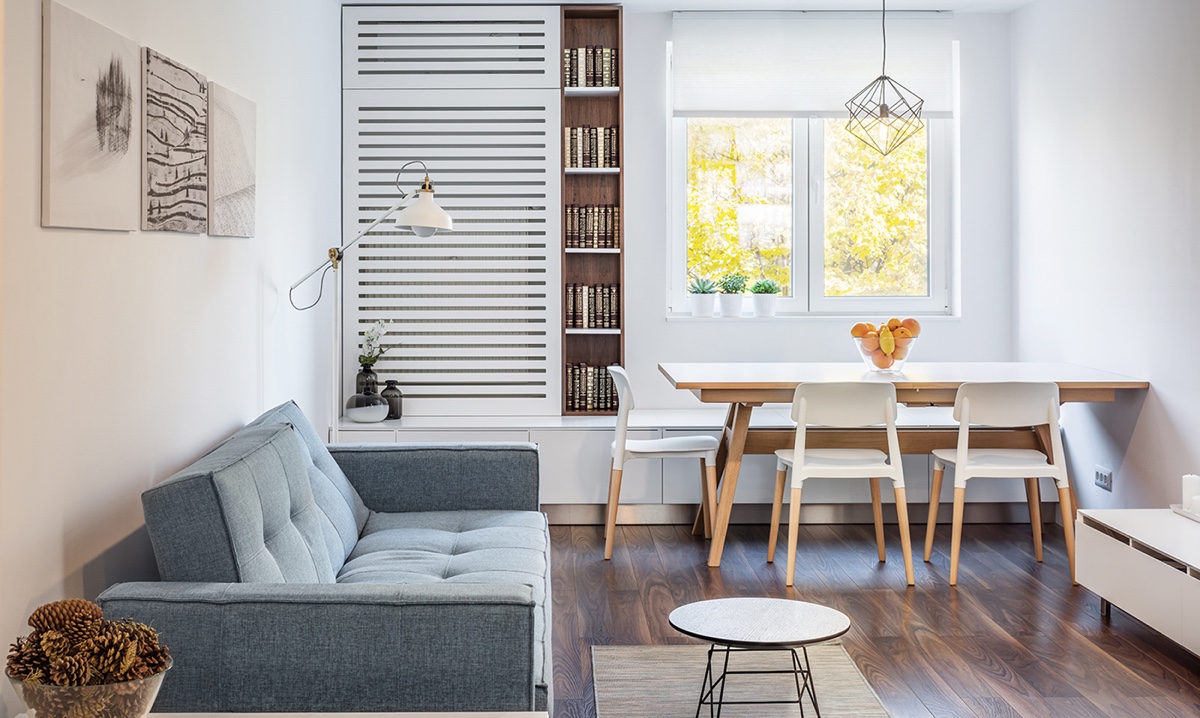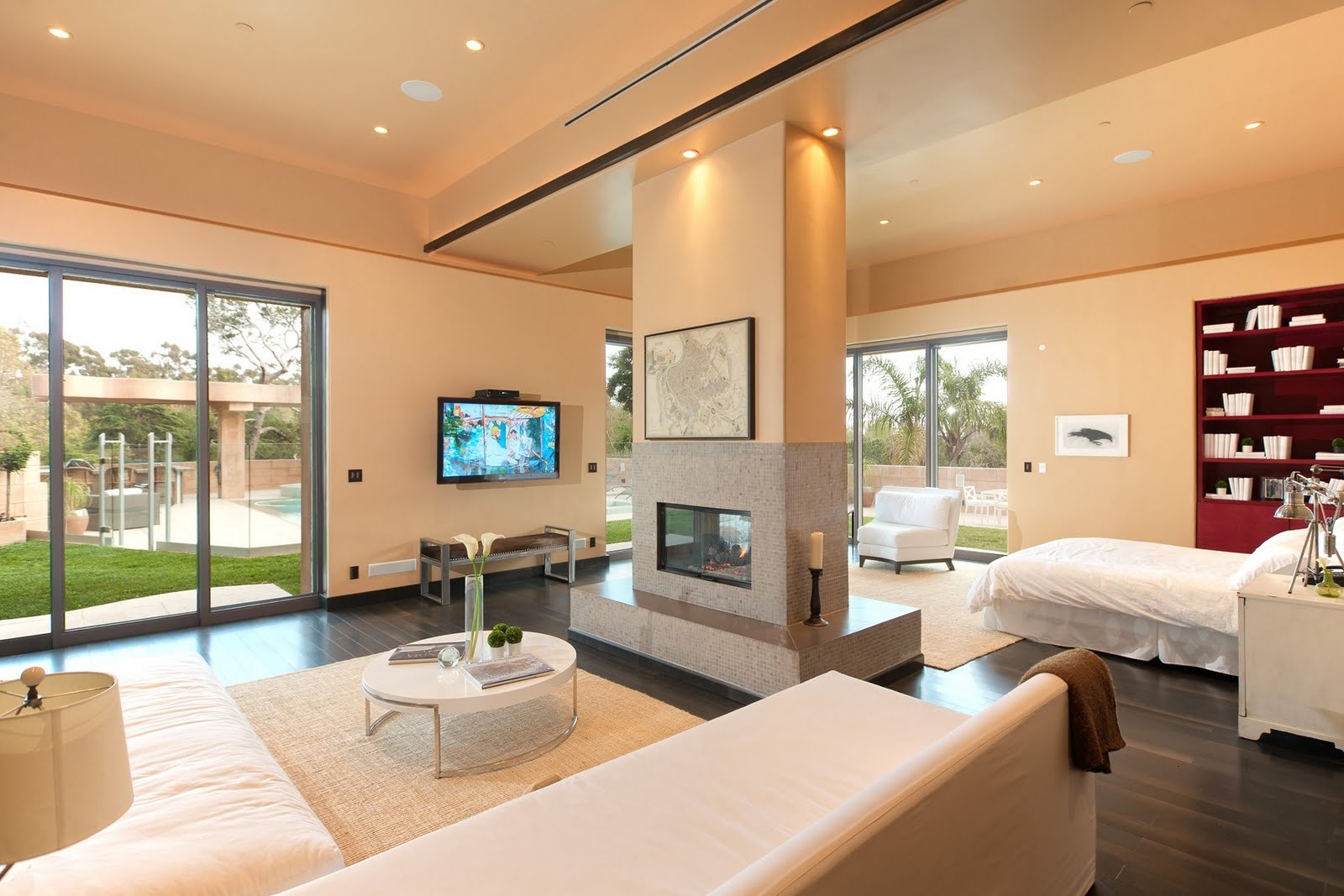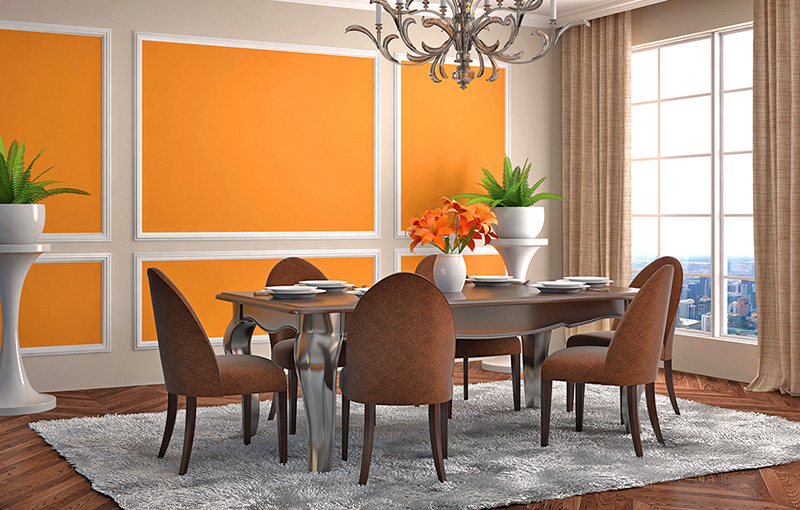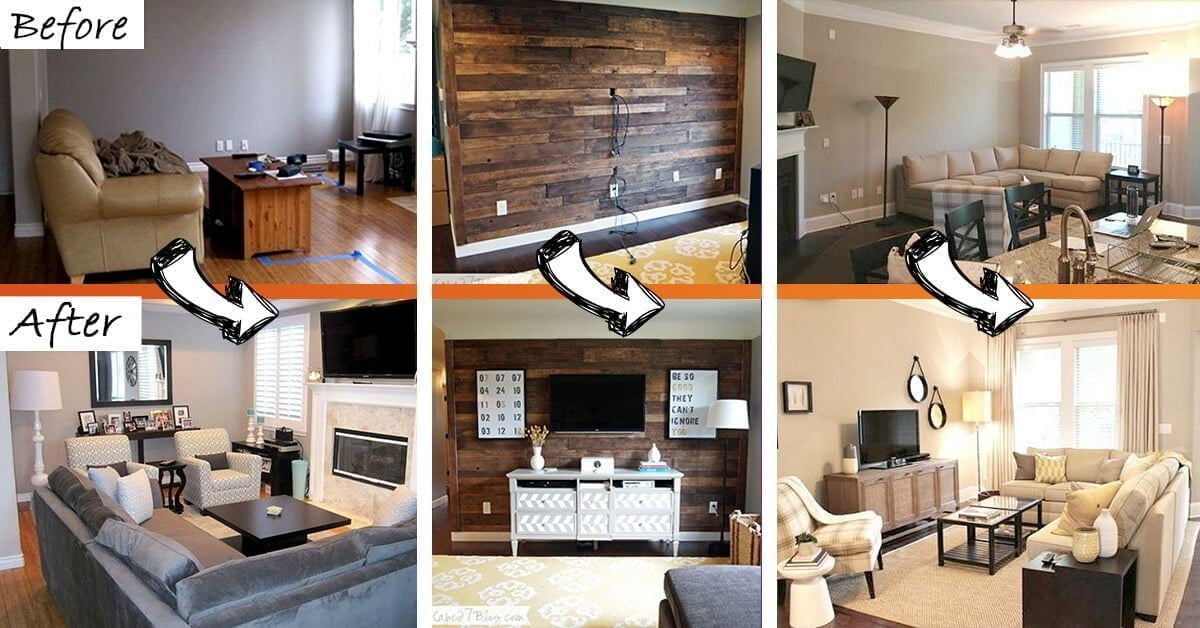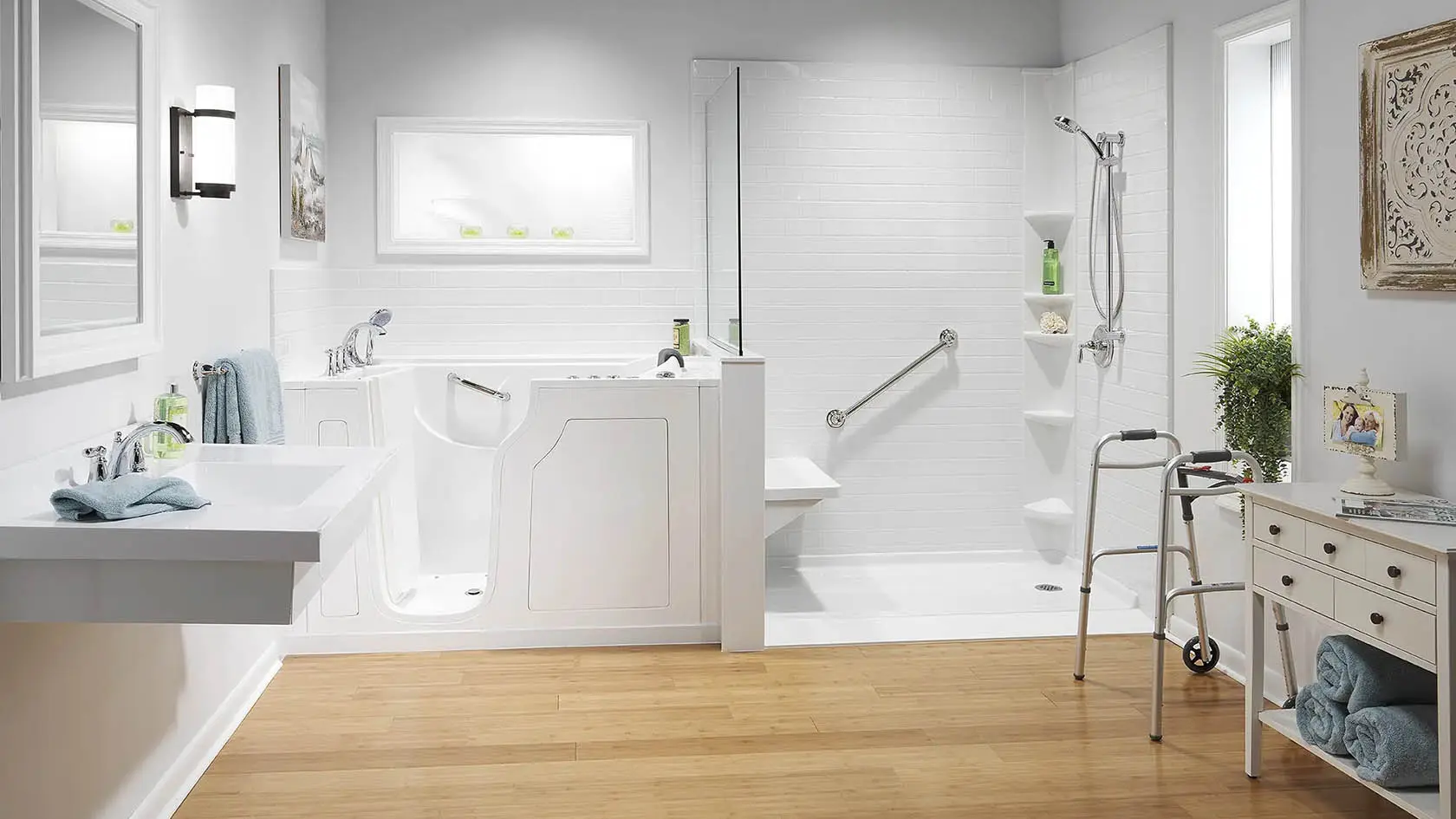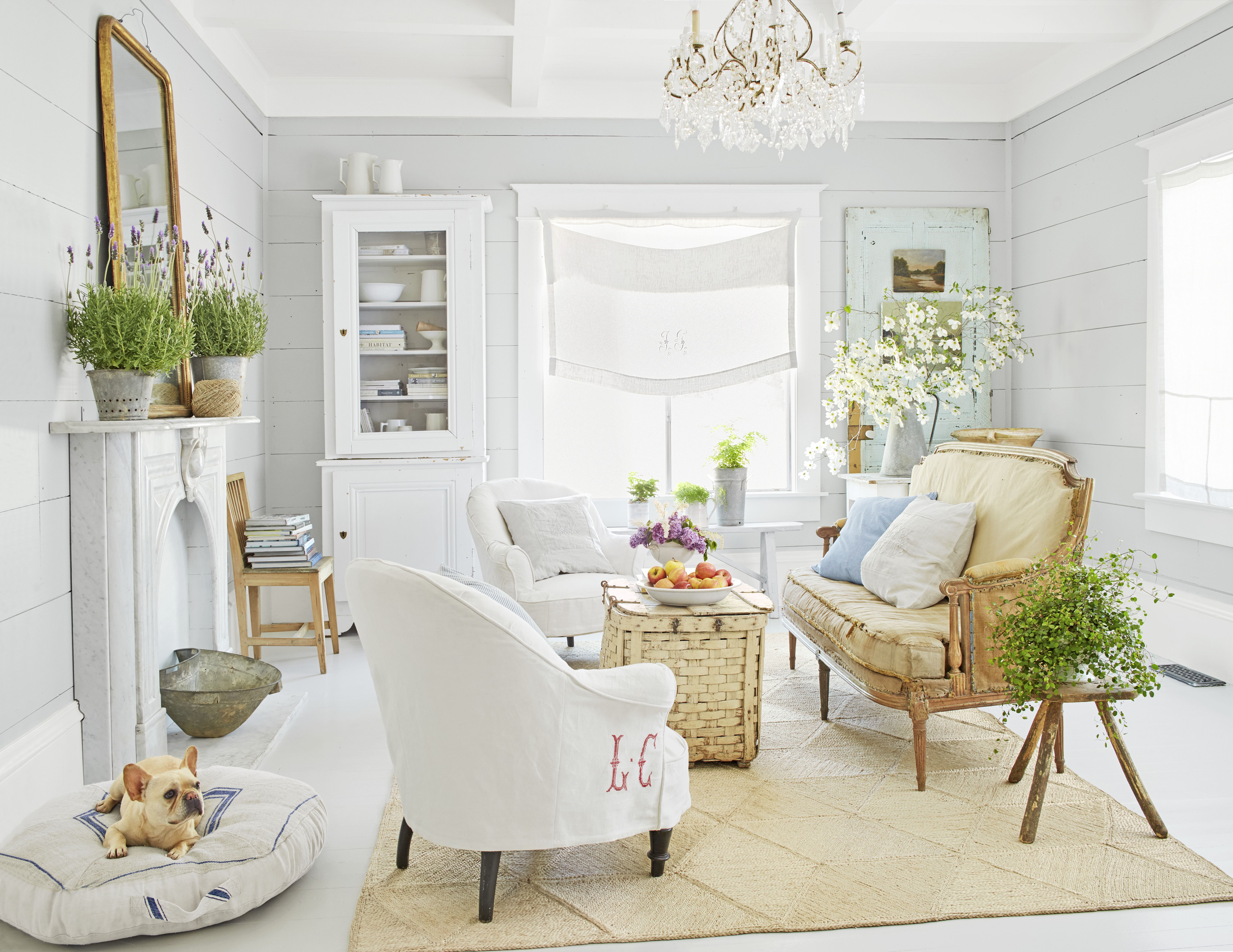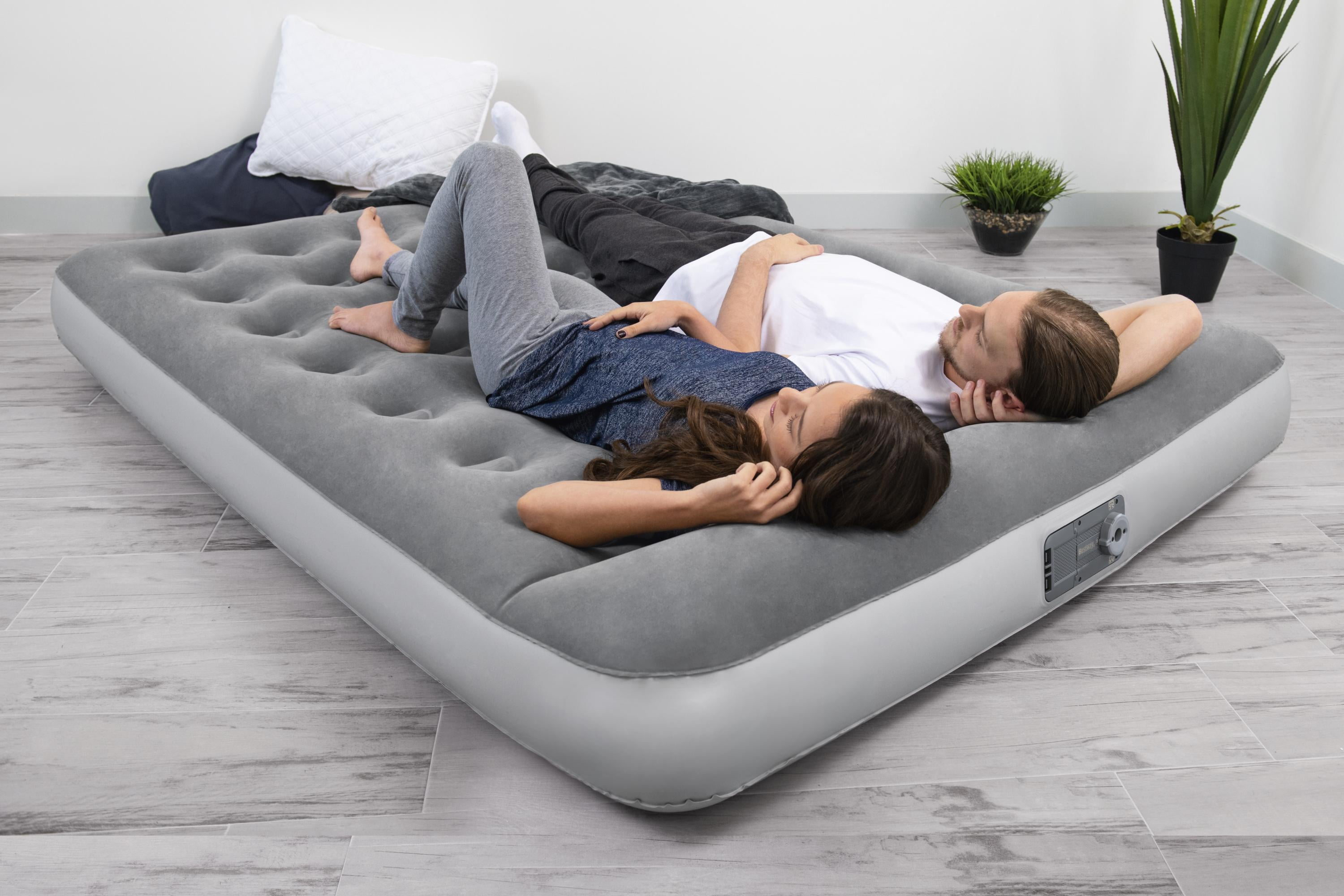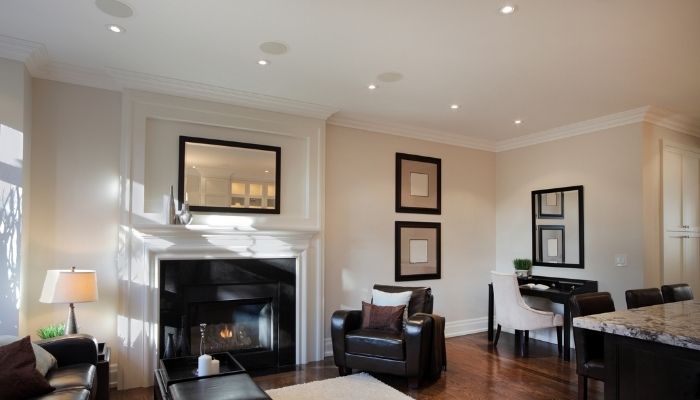As we age, it becomes increasingly important to make our homes safe and accessible for our changing needs. This is especially true for the living and dining rooms, as these are the areas where we spend most of our time. Creating an aging in place friendly living and dining room is not only practical, but it can also be stylish and functional. Here are 10 design ideas to help you create a safe and comfortable space for aging in place. Aging in Place Design Ideas for Living and Dining Rooms
When designing for aging in place, safety and accessibility should be top priorities. This means considering factors such as mobility, balance, and vision. Start by choosing slip-resistant flooring and removing any tripping hazards. Make sure to have sufficient lighting and incorporate contrasting colors to help with depth perception. Consider adding grab bars and handrails for added support, and choose furniture with rounded edges for safety. How to Create a Safe and Accessible Living and Dining Room for Aging in Place
When it comes to furniture, less is often more for aging in place living and dining rooms. Choose pieces that are easy to move around and provide ample space for maneuvering. Opt for comfortable and supportive seating, such as chairs with armrests and cushions. Additionally, consider adjustable tables and chairs to accommodate different needs. When it comes to layout, aim for a clear and open space with enough room to easily navigate around furniture. Essential Furniture and Layout Tips for Aging in Place Living and Dining Rooms
Universal design is the concept of creating spaces that are accessible and usable for people of all ages and abilities. This can be easily applied to aging in place design for living and dining rooms. Some universal design features to consider include wider doorways, lever-style door handles, and easy-to-reach storage solutions. These small changes can make a big difference in creating a more inclusive and functional space. Incorporating Universal Design Principles in Your Aging in Place Living and Dining Room
Comfort and functionality go hand in hand when designing for aging in place. This means choosing furniture and decor that not only looks good but also serves a purpose. Consider investing in a reclining chair for added comfort and support, as well as a lift chair that can help with getting up and down. Incorporate technology, such as voice-controlled devices, to make daily tasks easier. And don't forget to add personal touches, like family photos and sentimental decor, to make the space feel like home. Maximizing Comfort and Functionality in Your Aging in Place Living and Dining Room
Aging in place does not mean sacrificing style. There are plenty of ways to create a stylish and age-friendly living and dining room. Start by choosing a color palette that is both calming and visually appealing. Consider using patterns and textures to add interest and dimension to the space. Incorporate functional and stylish storage solutions, such as baskets and shelves, to keep clutter at bay. And don't be afraid to mix and match furniture and decor to create a unique and personalized look. Creating a Stylish and Age-Friendly Living and Dining Room for Aging in Place
If you're looking to fully adapt your living and dining room for aging in place, it can be overwhelming to know where to start. Here's a step-by-step guide to help you get started: Adapting Your Living and Dining Room for Aging in Place: A Step-by-Step Guide
Technology can be a helpful tool in creating an age-friendly living and dining room. Consider incorporating smart devices, such as voice-activated assistants or automated lights, to make daily tasks easier. Install sensors and alarms to monitor safety and alert you in case of emergencies. And don't forget to take advantage of technology for entertainment, such as a TV with larger text and closed captioning options. Smart Technology Solutions for Aging in Place Living and Dining Rooms
Creating a safe and accessible living and dining room for aging in place doesn't have to break the bank. Here are some budget-friendly renovation ideas to consider: Budget-Friendly Aging in Place Living and Dining Room Renovation Ideas
Ultimately, the most important aspect of designing for aging in place is creating a safe and accessible space. Here are some additional tips to ensure your living and dining room is safe for aging in place: How to Make Your Living and Dining Room Safe and Accessible for Aging in Place
The Importance of Designing an Aging In Place Living Dining Room

Creating a Safe and Comfortable Space
 In today's society, more and more people are choosing to age in place, meaning they want to remain in their own homes as they get older instead of moving into a retirement or assisted living facility. As a result, there is a growing need for homes to be designed with aging in place in mind, including the living and dining rooms.
The living and dining rooms are often the heart of the home, where families gather and create memories together. But as we age, these spaces can become more challenging to navigate and enjoy. That's why it's crucial to design these rooms with safety and comfort in mind.
By incorporating features like wide doorways, level floors, and ample lighting, we can create a space that is both functional and aesthetically pleasing for individuals of all ages and abilities.
In today's society, more and more people are choosing to age in place, meaning they want to remain in their own homes as they get older instead of moving into a retirement or assisted living facility. As a result, there is a growing need for homes to be designed with aging in place in mind, including the living and dining rooms.
The living and dining rooms are often the heart of the home, where families gather and create memories together. But as we age, these spaces can become more challenging to navigate and enjoy. That's why it's crucial to design these rooms with safety and comfort in mind.
By incorporating features like wide doorways, level floors, and ample lighting, we can create a space that is both functional and aesthetically pleasing for individuals of all ages and abilities.
Promoting Independence and Ease of Use
 One of the main goals of aging in place design is to promote independence and allow individuals to continue living their lives with ease and dignity. This is especially important in the living and dining rooms, where daily tasks such as eating, socializing, and relaxing take place.
By incorporating features like accessible seating, easy-to-use technology, and storage solutions that are within reach, we can create a space that allows individuals to maintain their independence and carry out daily tasks without assistance.
This not only promotes a sense of self-sufficiency but also allows individuals to age in place for longer periods of time.
One of the main goals of aging in place design is to promote independence and allow individuals to continue living their lives with ease and dignity. This is especially important in the living and dining rooms, where daily tasks such as eating, socializing, and relaxing take place.
By incorporating features like accessible seating, easy-to-use technology, and storage solutions that are within reach, we can create a space that allows individuals to maintain their independence and carry out daily tasks without assistance.
This not only promotes a sense of self-sufficiency but also allows individuals to age in place for longer periods of time.
Aesthetics and Functionality
 Designing an aging in place living dining room does not mean sacrificing style. In fact, it's quite the opposite. With the right design elements, we can create a space that is both functional and visually appealing.
Incorporating features like contrasting colors and patterns, adjustable lighting, and versatile furniture can help create a space that is both aesthetically pleasing and easy to use. Additionally, using slip-resistant flooring and rounded edges on furniture can help prevent accidents and make the space safer for individuals with mobility challenges.
In conclusion, the living and dining rooms are essential spaces in a home, and it's crucial to design them with aging in place in mind. By incorporating features that promote safety, independence, and aesthetics, we can create a space that allows individuals to age in place comfortably and confidently.
Designing an aging in place living dining room does not mean sacrificing style. In fact, it's quite the opposite. With the right design elements, we can create a space that is both functional and visually appealing.
Incorporating features like contrasting colors and patterns, adjustable lighting, and versatile furniture can help create a space that is both aesthetically pleasing and easy to use. Additionally, using slip-resistant flooring and rounded edges on furniture can help prevent accidents and make the space safer for individuals with mobility challenges.
In conclusion, the living and dining rooms are essential spaces in a home, and it's crucial to design them with aging in place in mind. By incorporating features that promote safety, independence, and aesthetics, we can create a space that allows individuals to age in place comfortably and confidently.






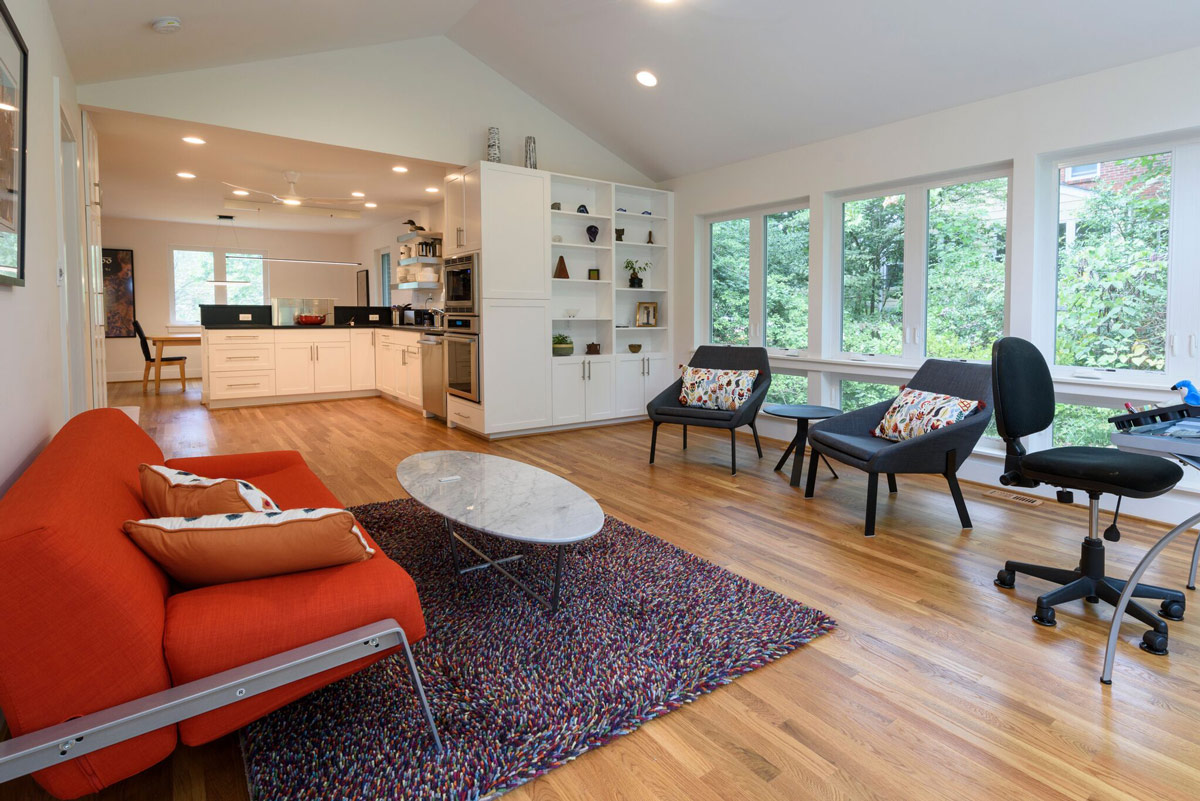

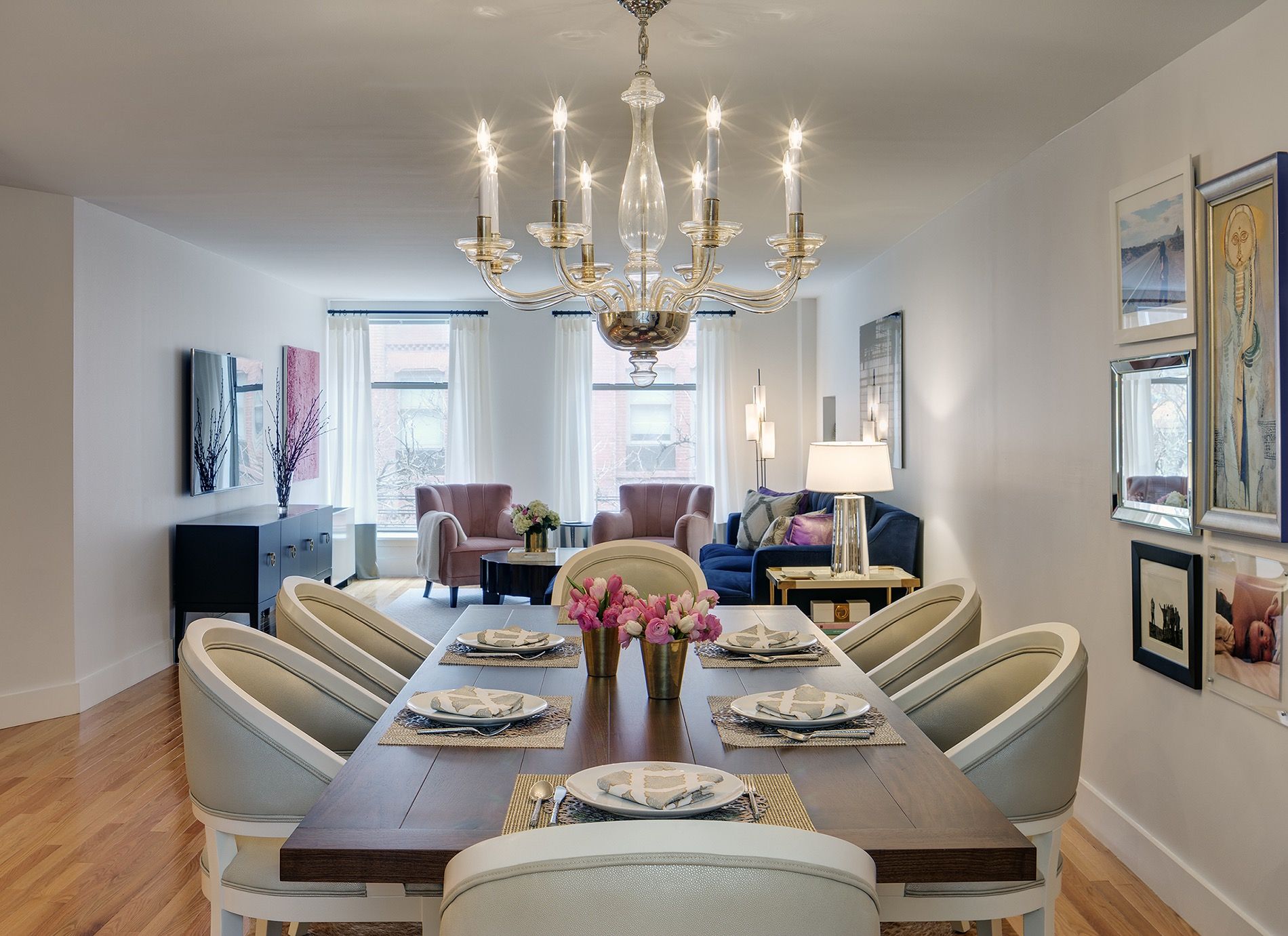

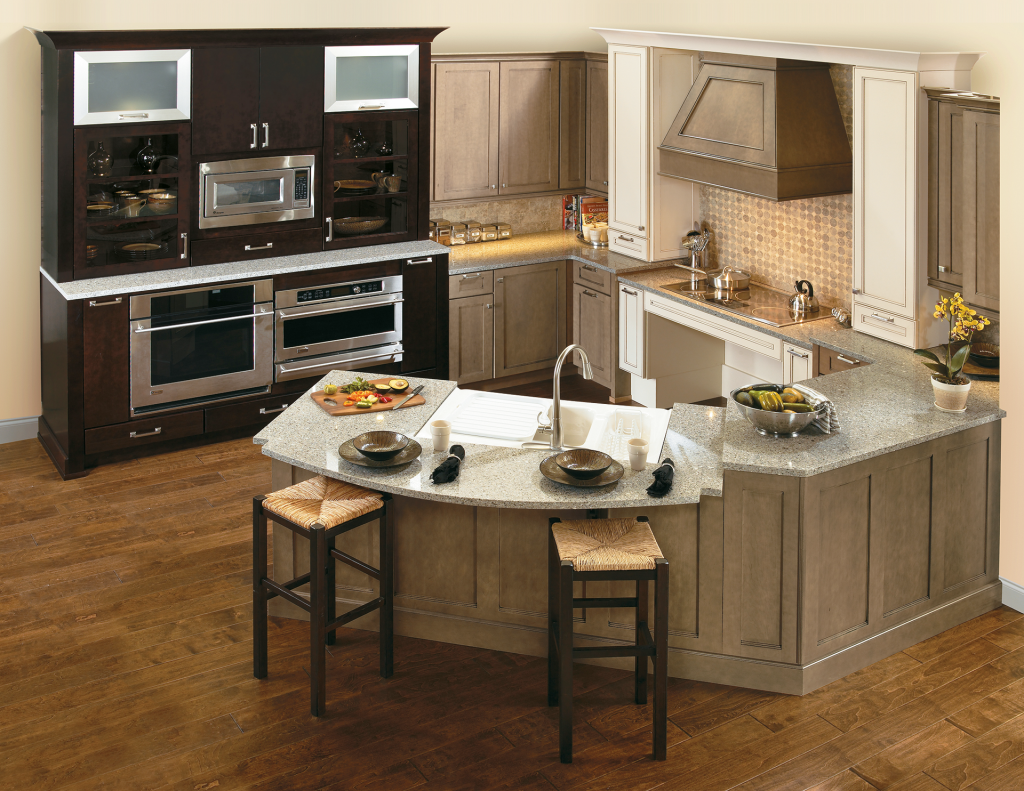




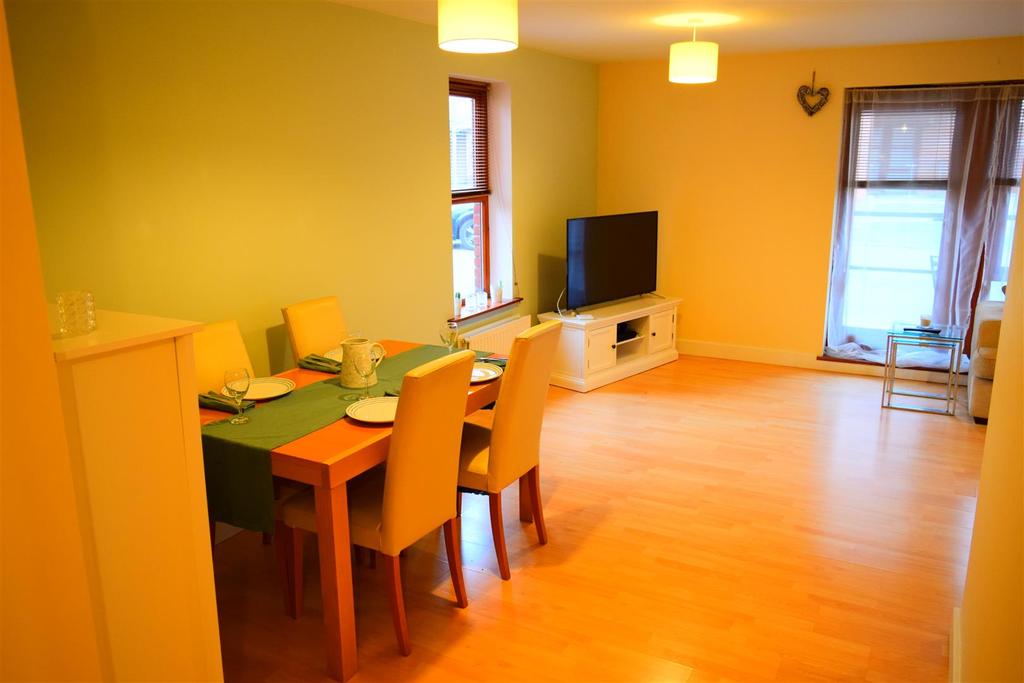
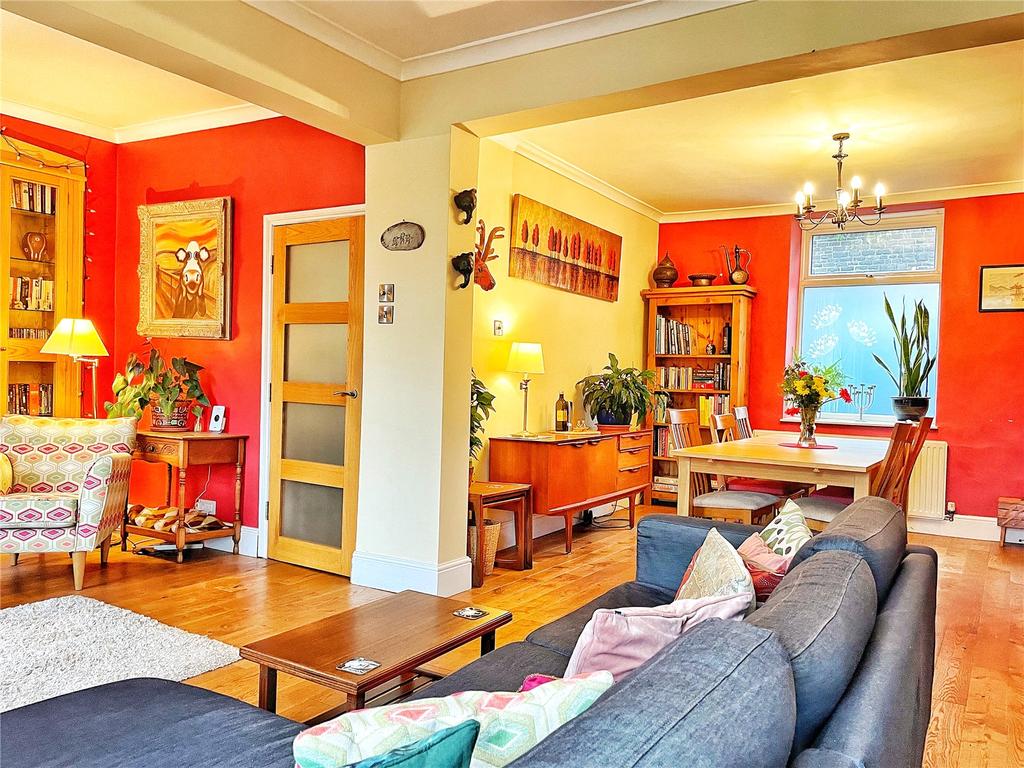

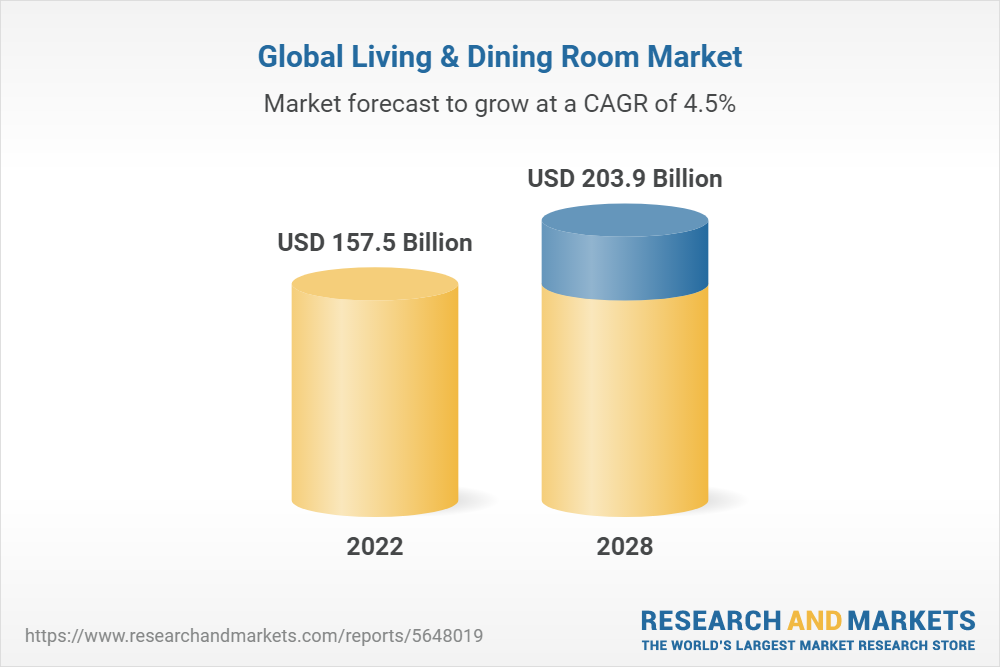





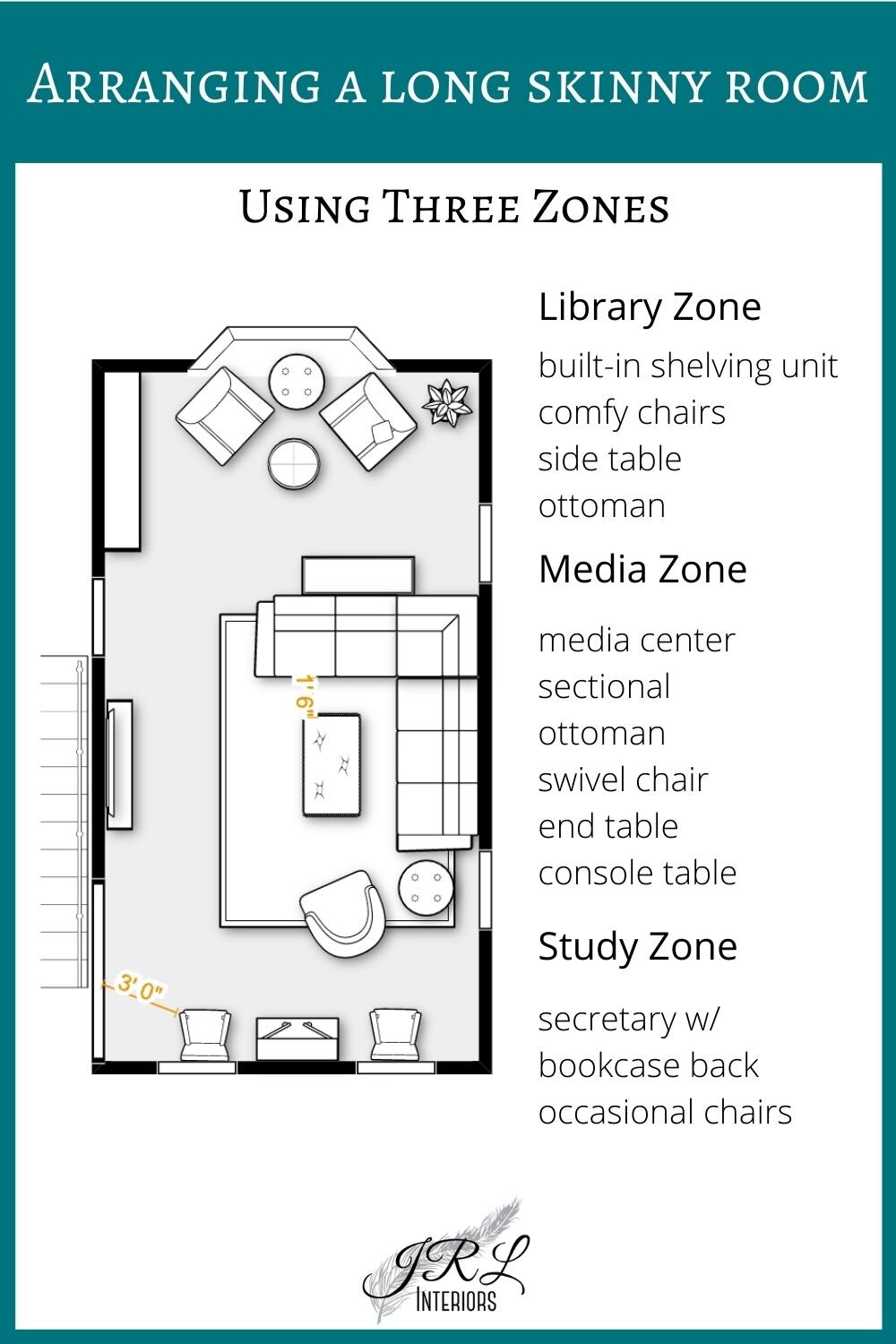
/arrange-furniture-awkward-living-room-5194365-hero-6738bbe71fea4187861db7ad9afbad44.jpg)

